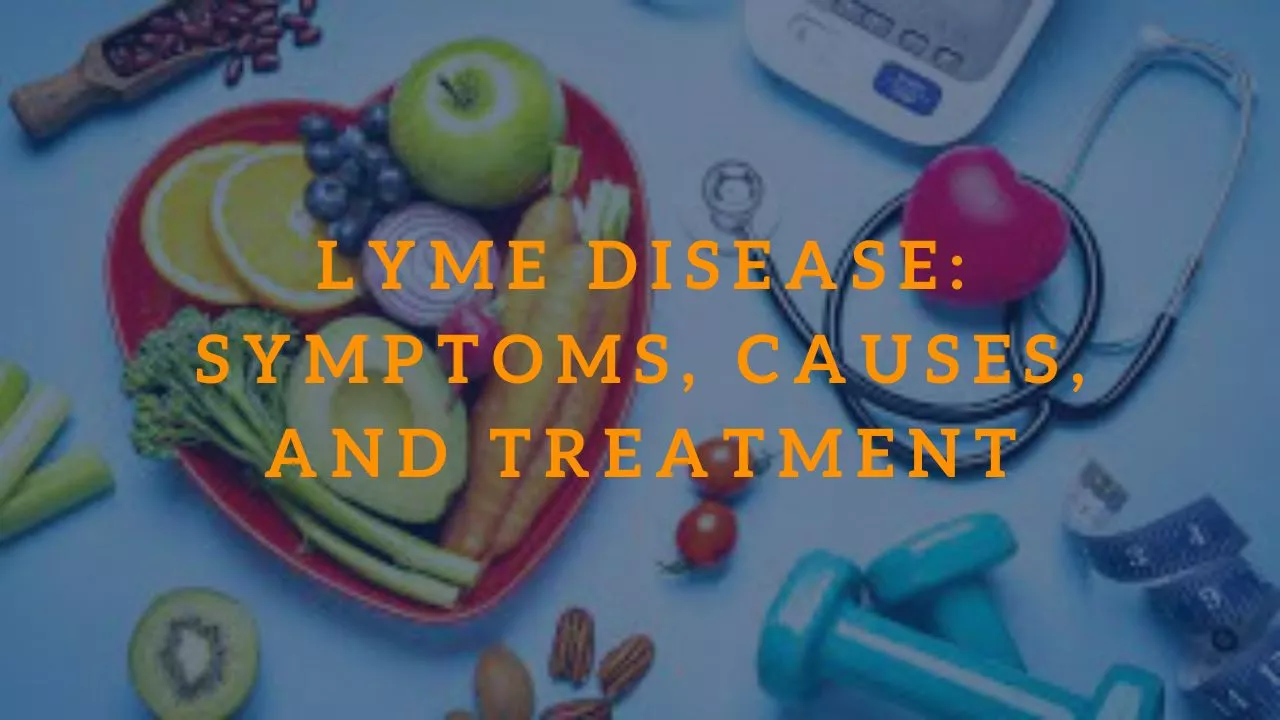Hello 1-GSM Visitors, are you looking for information about Lyme disease? This article is for you. Lyme disease is a bacterial infection caused by a tick bite. It is a serious disease that can affect different parts of the body, including the skin, joints, heart, and nervous system. This article will provide you with an overview of Lyme disease based on the top three results in Google search.

Symptoms of Lyme Disease
The symptoms of Lyme disease can vary from person to person. Some people may not even develop symptoms until weeks or months after being bitten by a tick. The most common symptoms of Lyme disease include a bullseye rash, fever, headache, muscle and joint pain, and fatigue. Other symptoms may include swollen lymph nodes, neck stiffness, and facial paralysis.
If left untreated, Lyme disease can cause more severe symptoms such as heart palpitations, meningitis, and arthritis. Therefore, it is important to seek medical attention if you suspect that you have been bitten by a tick or if you develop any of these symptoms after being in a tick-infested area.
Causes of Lyme Disease
Lyme disease is caused by a type of bacteria called Borrelia burgdorferi. This bacteria is transmitted to humans through the bite of an infected black-legged tick, also known as a deer tick. Not all ticks carry the bacteria, so not everyone who is bitten by a tick will develop Lyme disease.
The risk of developing Lyme disease is higher if you live or spend time in wooded or grassy areas where ticks are prevalent. It is important to take preventive measures such as wearing long sleeves and pants, using insect repellent, and checking for ticks after outdoor activities.
Treatment for Lyme Disease
Antibiotics are the most common treatment for Lyme disease. The type and duration of antibiotics depend on the stage of the disease and the severity of the symptoms. If Lyme disease is diagnosed early, antibiotics can usually cure the infection. However, if the disease is not diagnosed and treated promptly, it can lead to more serious complications.
In addition to antibiotics, some people may benefit from other treatments such as pain relievers, anti-inflammatory drugs, and physical therapy. These treatments can help relieve symptoms and improve quality of life. If you have been diagnosed with Lyme disease, it is important to follow your doctor’s instructions and attend all follow-up appointments.
Conclusion
In conclusion, Lyme disease is a serious bacterial infection that is transmitted by tick bites. It can cause a range of symptoms that can affect different parts of the body. The best way to prevent Lyme disease is to take preventive measures such as wearing protective clothing and checking for ticks after outdoor activities. If you suspect that you have been bitten by a tick or if you develop any symptoms of Lyme disease, seek medical attention promptly. With early diagnosis and treatment, most people with Lyme disease can recover fully.
Thank you for reading this article about Lyme disease. We hope you found it informative and useful. See you again at our other interesting article.
